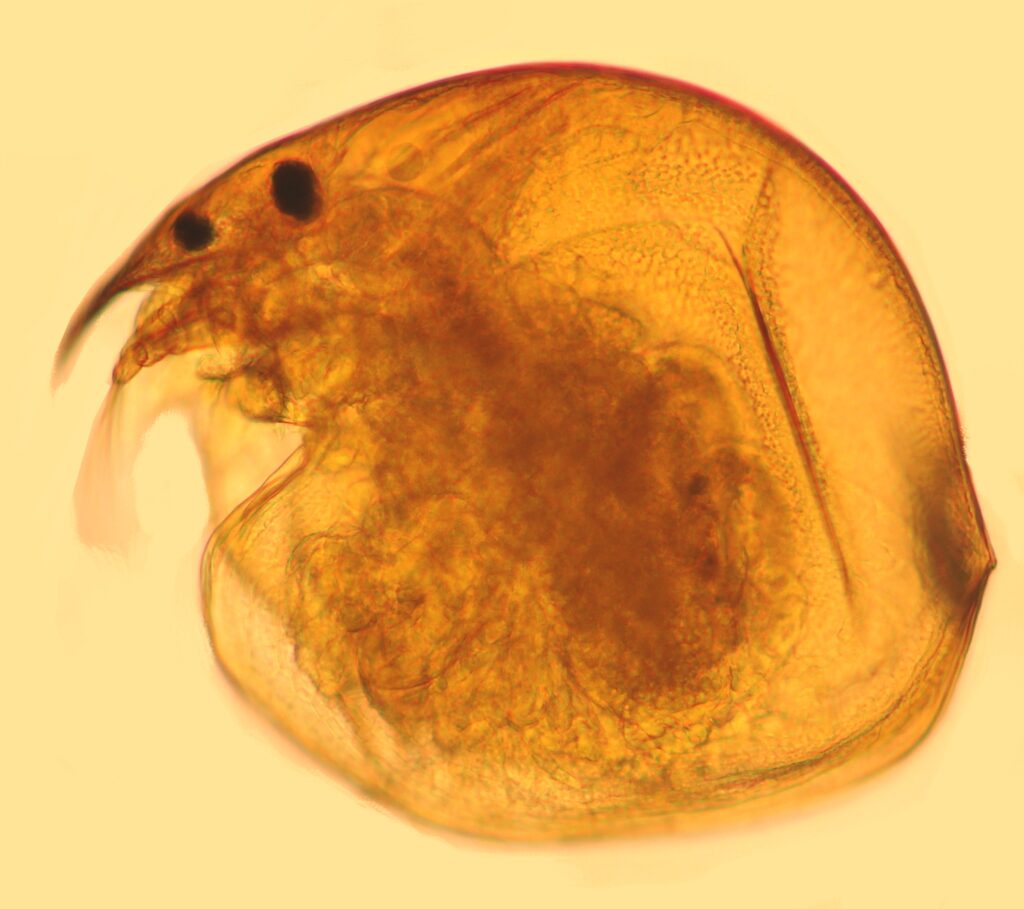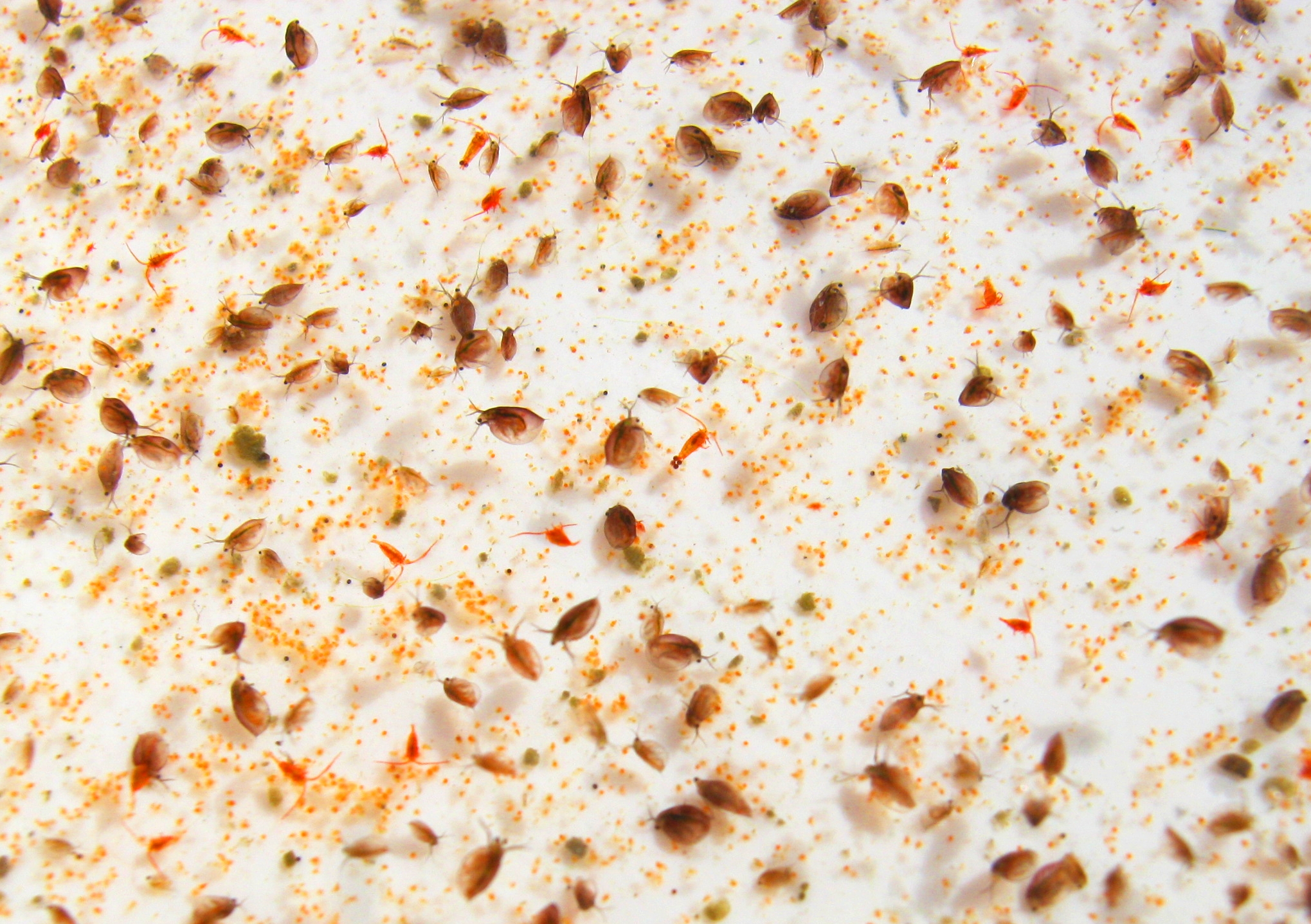The crystal-clear waters of mountain lakes hide a tiny and fascinating universe: that of zooplankton. These mostly microscopic organisms float freely in the water column and play essential roles in the ecosystem. They feed on phytoplankton —microscopic plants— and, in turn, form the foundation of the diet of many fish and other aquatic species.
They’re everywhere, but they’re small. Sometimes not so small as to be invisible: with a bit of patience and good lighting, some can be spotted with the naked eye as tiny moving specks in the water. But to truly appreciate their unusual shapes and diversity, you need a closer look. Under the microscope, a world full of bizarre structures and creatures is revealed —many of them seemingly from another planet.
In this post, we invite you to discover some of these fascinating little inhabitants of alpine lakes.
- Alona
This small cladoceran lives in the littoral zone of the lake, near the shore. The specimen shown here is a female carrying a large egg in a dorsal pouch. She keeps it protected there until the offspring is fully developed —an effective strategy in cold, unpredictable environments.
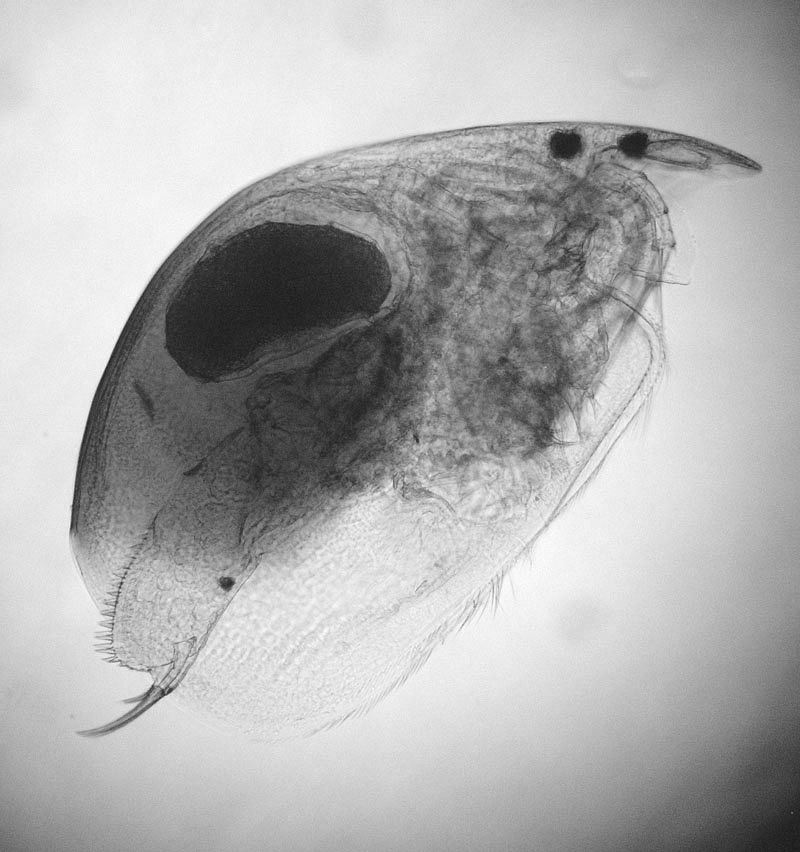
- Cyclops abyssorum
Measuring about 2 mm in length, this predatory crustacean is easily recognized by its single large eye on top of its head —hence the name. It lives near the bottom of the lake. Although its long antennae look menacing, they aren’t used for hunting: the male uses them as clasping tools during courtship.
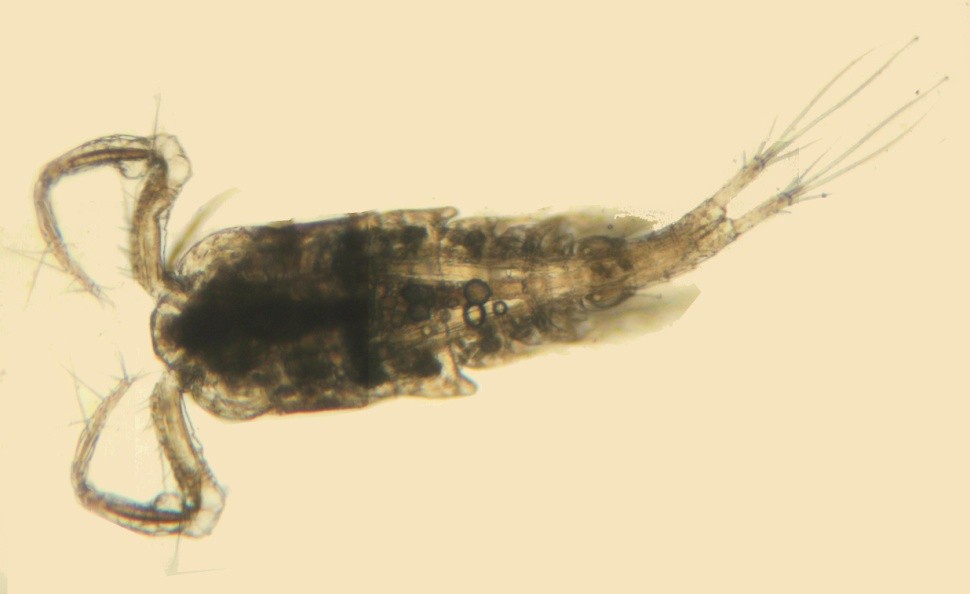
- Keratella cochlearis
At first glance, it looks more like a flower than an animal. This tiny rotifer, just 0.1 mm long, swims in search of microalgae and bacteria, propelled by a ciliated organ near its upper spines.
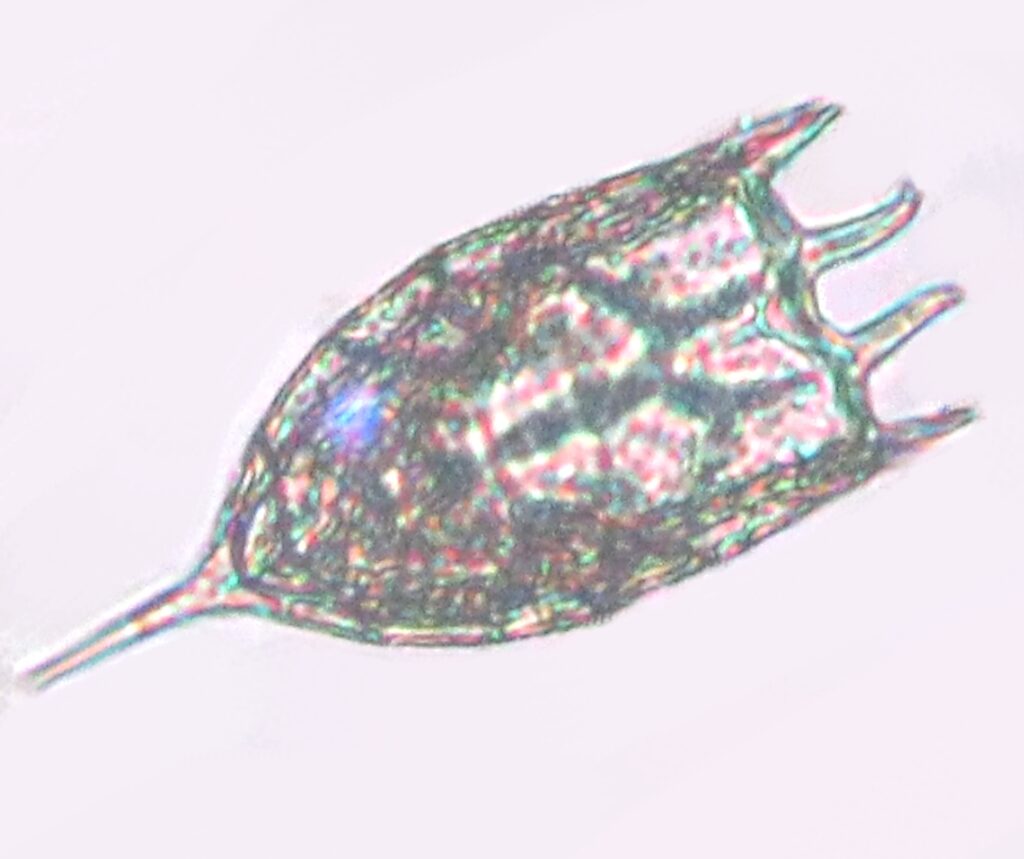
- Daphnia longispina
This species can grow up to 2.5 mm, and its large compound eyes give it an almost endearing expression when seen under the microscope. It is one of the most common cladocerans and a key species in lake food webs, thanks to its voracious appetite for algae.
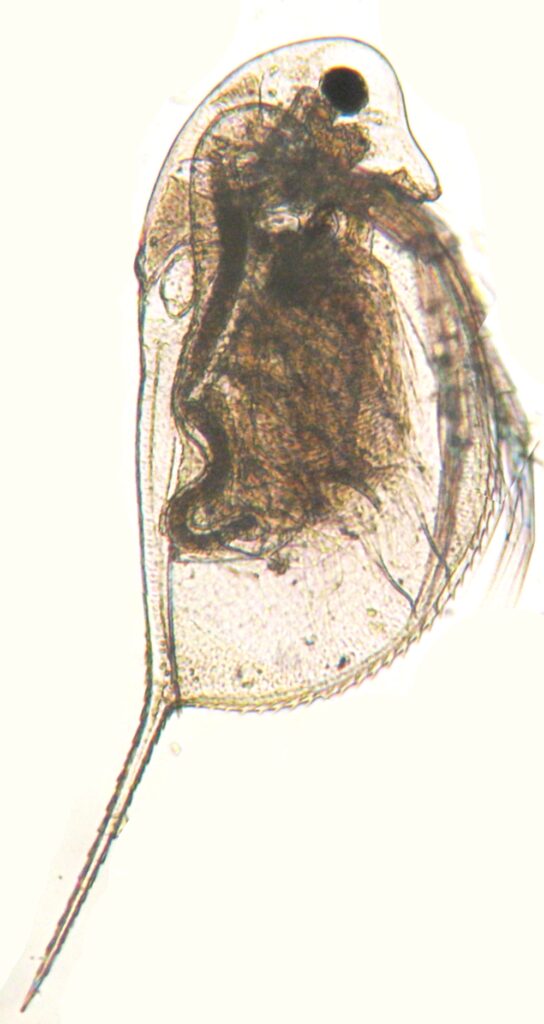
- Chydorus sphaericus
Round and charming, this is the smallest crustacean in the group, measuring between 0.2 and 0.5 mm. It is a cosmopolitan species and considered the most widespread cladoceran in the world, found in a wide variety of freshwater habitats.
